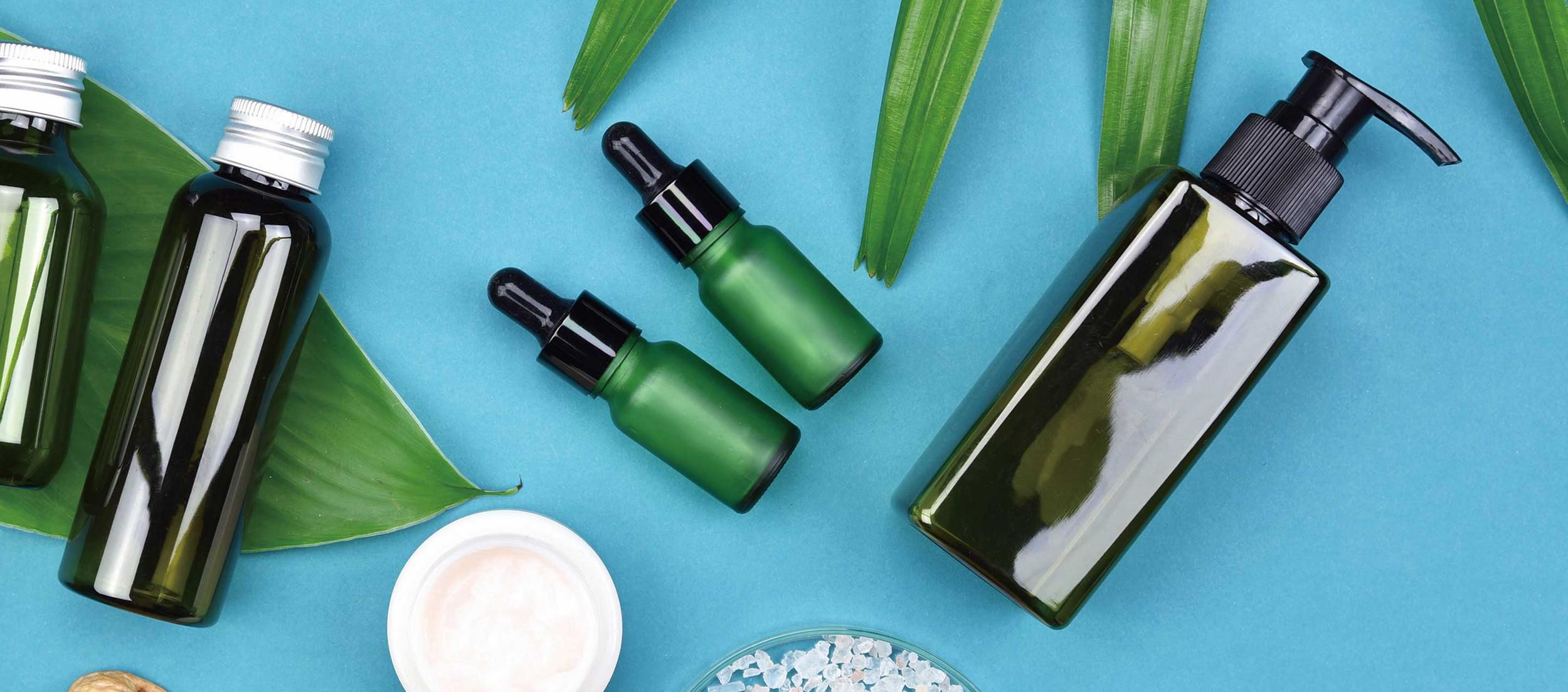
<< Back to the Characterization of cosmetic products page
Explore our FAQs dedicated to advanced analytical solutions for comprehensive cosmetic products characterization.
Many instruments are dedicated to the exploration of the skin and its complexities. The Raman technique, for example, can be used to study physiological changes, and Atomic Force Microscopy (AFM) can be used for key mechanical properties of the skin.
HORIBA’s AFM system provides insights on skin’s mechanical parameters including elasticity, adhesion friction and surface roughness. Skin physiology can also be explored using Raman spectroscopy that enables to explore molecules such as lipids and proteins, crucial for the overall skin’s physiological condition. This technique can also identify physiological changes in the skin, providing valuable information for cosmetic formulators and researchers looking for more targeted and effective skincare solutions. In addition, the wide range of HORIBA’s electrodes enable assessing skin pH which provides an indication of the skin condition and health.
Combining fluorescent spectrometers to a handheld optical probe can be a powerful tool for the in-vivo non-invasive evaluation of the retention and penetration of actives at the skin surface. Evaluating the permeation of skin care products into the skin is crucial for assessing their effectiveness, ensuring safety, enabling targeted delivery, optimizing formulations, customizing skincare regimens, and complying with regulatory requirements. A variety of Key fluorescent ingredients can be explored including retinol, caffeine, ascorbic acid, niacinamide, resveratrol, hyaluronic acid, collagen, coenzyme Q10, kojic acid, curcumin…. In parallel, quantification of endogenous markers associated to many skin conditions like aging, provides valuable insights into product performance and skin health fuels the development of innovative cosmetic formulations.
Thanks to Raman and X-Ray Fluorescence (XRF), many information about the elements contained in a cosmetic formulation can be collected. The film coverage and thickness of a cream in cosmetics can significantly impact its performance, as it affects the product’s ability to provide adequate moisturization, protection, and even application on the skin. Our Micro-XRF identifies and quantifies elements contained in cosmetic formulation in order to understand how they are distributed within the product and to control the final product to ensure its quality and its safety. It allows also to determine the products’ authenticity by comparing the elemental composition with the genuine ones. At macroscopically scale, LabRAM Soleil, with its smart sampling tool, opens new opportunities in rapid Raman chemical imaging for formulations spreading. Its large high-resolution maps that can explain films formation, coverage and uniformity, while revealing physicochemical phenomena like particles aggregation, phase migration, coalescence, evaporation of volatile compounds, or crystallization.
Raw materials used in cosmetic products require highly reliable control that can be performed featuring Raman, fluorescence, particle size analyzers and ICP instruments. The inspection of raw materials and active substances includes the verification of the identity of the chemical structures, their purity and their concentration for some of them. By carefully characterizing the properties of your raw materials (emollients, surfactants, emulsifiers, preservatives, antioxidants, colorants, fragrances, actives, UV filters, …) used in cosmetics, you can minimize the risks associated with their use, and ensure that they meet the highest standards of safety and quality.
Many parameters related to hair structure can be studied mainly using Raman spectroscopy. Raman spectroscopy is widely used to evaluate the impact of treatments and environmental factors and analyze the generated morphological and molecular damages, this can be done by usually by looking at damages on the disulfide bond from cysteine residues. By applying Raman spectroscopy to treated hair samples, researchers can determine if the product has successfully penetrated the hair cuticle and cortex. This data can be used to optimize product formulations for better penetration. Other analysis can be done such as melanin quantification, and lipid distribution. Complementary analysis using Fluorescence spectroscopy through detecting changes in the tryptophan residues of the proteins, which can be indicative of protein denaturation or damage.
Thanks to Raman imaging, you can easily identify and characterize the chemical composition of scrub or peeling particles at a microscopic level to better determine their uniformity and dispersion and ensure consistent performance. Formulation design being of paramount importance in cosmetics science. It enables the optimal delivery of active ingredients, ensures stability and safety, and enhances the overall performance and consumer acceptance of cosmetic products.
Raman imaging can identify and characterize the chemical composition of scrub or peeling particles at a microscopic level. This allows researchers and formulators to analyze the materials used, such as polymers or natural extracts, and determine their uniformity and dispersion within the exfoliator formulation, ensuring consistent performance. Micro XRF can not only identify and quantify elements contained in cosmetic formulation to understand their distribution, but also to determine the products authenticity by comparing the elemental composition with the genuine ones. HORIBA’s instrument can also image formulation spreading thanks to large high-resolution maps performed with LabRAM Soleil or help investigating surface characteristics and properties using AFM, to provide detailed information on the film thickness, smoothness, and adhesion.
As awareness of environmental and health issues continues to grow, incorporating green practices into cosmetics formulation and production is not only beneficial but also increasingly necessary for the industry's long-term success. Amongst the sustainable substitutes for plastic commonly used in cosmetic products, we find the Nano crystalline cellulose (NCC). Nanocellulose, derived from renewable sources like plant fibers, offers excellent water retention capabilities, which can help enhance skin hydration and moisture retention. It also has a smooth texture, allowing for better spread and absorption of cosmetic formulations. Additionally, nanocellulose's biocompatibility and biodegradability make it an environmentally friendly choice, aligning with the growing trend of sustainable and eco-friendly cosmetic products Nevertheless, the development process of NCC must be closely examined to achieve the desired size and spectral properties. CytoViva's enhanced darkfield hyperspectral microscope proves to be a valuable tool for this applied research by enabling observation of cellulosic crystalline cellulose and measurement of both size variability and optical spectral qualities of each crystal.
Do you have any questions or requests? Use this form to contact our specialists.
